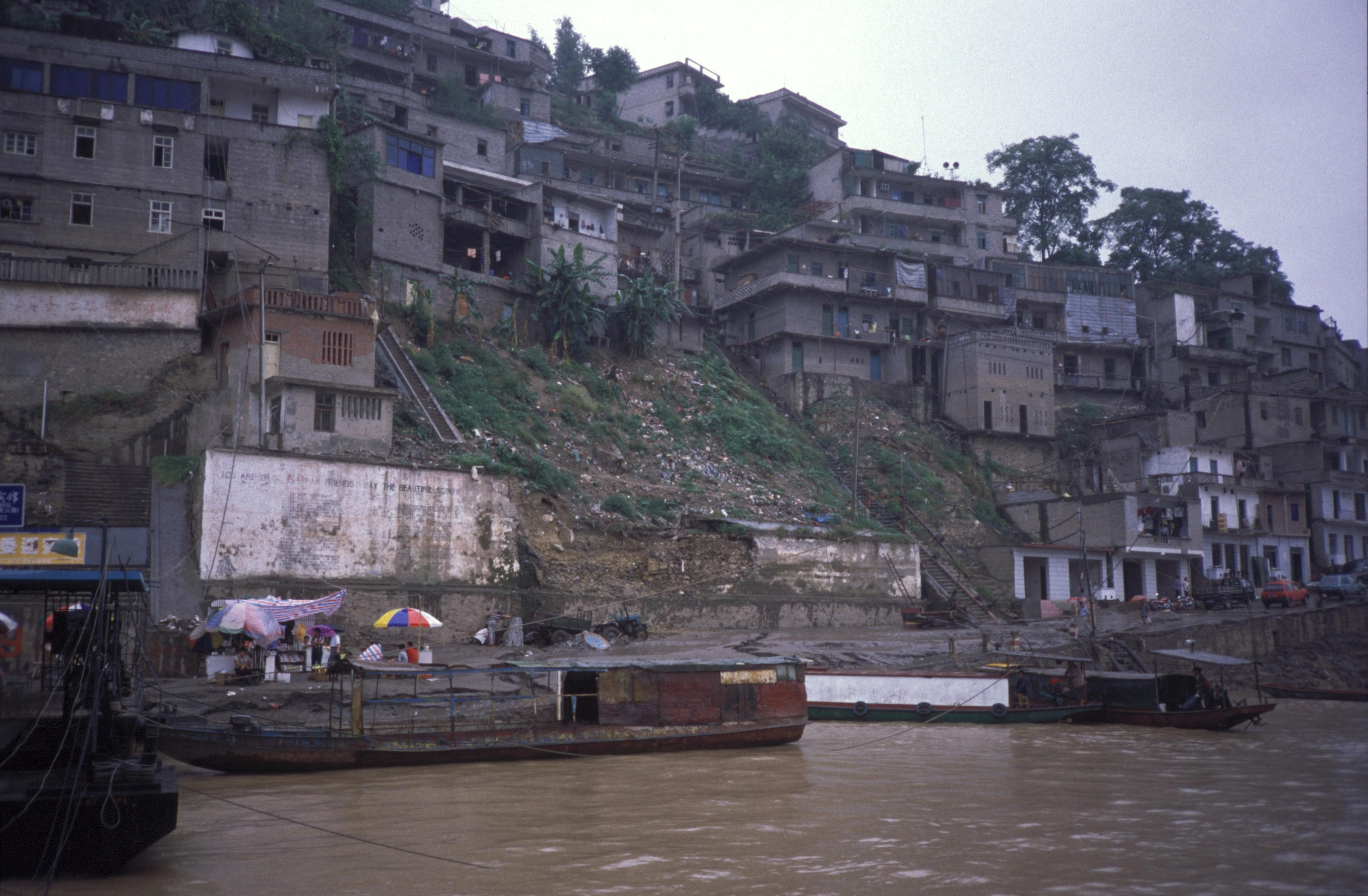Mount Wushan on:
[Wikipedia]
[Google]
[Amazon]


 Wu Gorge (), sometimes called Great Gorge (), is the second gorge of the Three Gorges system on the Yangtze River, People's Republic of China. Formed by the Wu River, it stretches from Wushan to Guandukou, and is located downstream of
Wu Gorge (), sometimes called Great Gorge (), is the second gorge of the Three Gorges system on the Yangtze River, People's Republic of China. Formed by the Wu River, it stretches from Wushan to Guandukou, and is located downstream of


 Wu Gorge (), sometimes called Great Gorge (), is the second gorge of the Three Gorges system on the Yangtze River, People's Republic of China. Formed by the Wu River, it stretches from Wushan to Guandukou, and is located downstream of
Wu Gorge (), sometimes called Great Gorge (), is the second gorge of the Three Gorges system on the Yangtze River, People's Republic of China. Formed by the Wu River, it stretches from Wushan to Guandukou, and is located downstream of Qutang Gorge
The Qutang Gorge () is the shortest of China's Three Gorges. Immediately downstream of the ancient village Baidicheng (白帝城) the Yangtze River passes between the Chijia Mountain (赤甲山) on the north and the Baiyan Mountain (白鹽山) ...
and upstream of Xiling Gorge
Xiling Gorge () is a gorge on the Yangtze River (Chang Jiang) in Hubei province, China. It is the easternmost and largest of the Three Gorges.
Geography
Xiling Gorge is located in Zigui County and Yiling District, in the west of Hubei province, ...
. The gorge straddles the boundary between Wushan County of Chongqing
Chongqing ( or ; ; Sichuanese dialects, Sichuanese pronunciation: , Standard Mandarin pronunciation: ), Postal Romanization, alternately romanized as Chungking (), is a Direct-administered municipalities of China, municipality in Southwes ...
Municipality (formerly part of Sichuan Province) and Badong County
Badong County () is a county located in western Hubei province, People's Republic of China, bordering Chongqing municipality to the west. It is the northernmost county-level division under the administration of Enshi Prefecture. The Yangtze River ...
, Hubei Province.
The Gorge has been known as the Wu Gorge since at least the Three Kingdoms Period, when it was recorded in the geographical treatise Shui Jing Zhu. In 589 AD, General Lü Zhongsu of the Chen Dynasty stationed troops in the Wu and Xiling Gorges in an attempt to stop the advancing Sui Dynasty
The Sui dynasty (, ) was a short-lived imperial dynasty of China that lasted from 581 to 618. The Sui unified the Northern and Southern dynasties, thus ending the long period of division following the fall of the Western Jin dynasty, and layi ...
armies. Tang Dynasty poet Yang Jiong wrote a classical poem entitled "Passing Wu Gorge" ().
The mountains on both sides of the Yangtze, through which the river cuts the Wu Gorge, are known as the Wu Mountains (''巫山, Wū Shān'').
References
*''Zhongguo Gujin Diming Dacidian'' 中国古今地名大词典 (2005). Shanghai: Shanghai Cishu Chubanshe 上海辞书出版社. Page 1456. Canyons and gorges of China Landforms of Hubei Landforms of Chongqing {{hubei-geo-stub